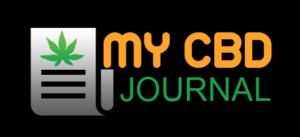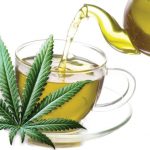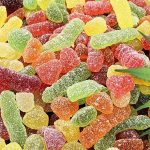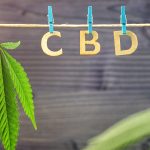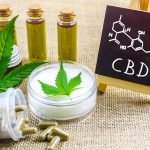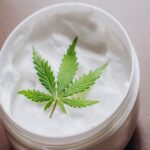From eco-friendly biodegradable packaging to BPA-free packaging, food companies have been finding alternatives and renovations to their product packaging design. Food packaging is important for many factors; it helps promote the product, it keeps the food safe from germs and it keeps the food fresh and contained– protecting against spills and putridity. Most of the food packaging on the marketplace is not biodegradable and not eco-friendly. There are many new types of packaging like non-stick, disappearing, safety boosted, and compressed packaging but today we will certainly be talking about edible food packaging.
What is edible food product packaging?
Edible product packaging is a type of packaging that is developed to be eaten or can biodegrade efficiently like the food that it contains. This type of product packaging comes in lots of forms and is frequently being improved and innovated to be made from several sorts of materials.
What are the types of edible packaging?
There are many different sorts of edible baggies packaging as different businesses have tried specific compounds for their kind of food. In that respect, a fast-food chain has tried to make a coffee that is constructed of a hard cookie and lined with a thin layer of delicious chocolate that is resistant to warming. In this manner the cup can be consumed after the coffee is consumed or if thrown out it will certainly break down faster than plastic. A newer kind of edible product packaging is made from fiber and used as casein around food. These films are better than plastic at keeping the food fresh and less revealed to oxygen.
Benefits of Edible Packaging
There are many benefits to changing over to edible packaging. Initially, most customers become ecologically aware. This means that they want to understand the waste that their purchases are adding to. Edible packaging removes the regular waste cycle and does not require any recycling. Because edible packaging can be eaten or composted, it is extremely biodegradable and will not fill recycling centers.
Second, this type of product packaging can be put into a selection of uses– with food packaging and food conservation. Edible packaging is used most typically for chilled and single-serve products. This array could be broadened to consist of soup and coffee, making product packaging able to be liquified after being subjected to heat. As opposed to making use of sugar finishes to protect particular foods like cereal.





